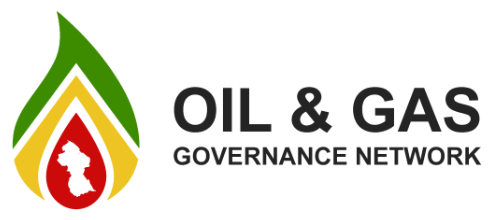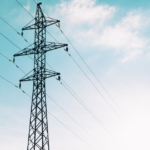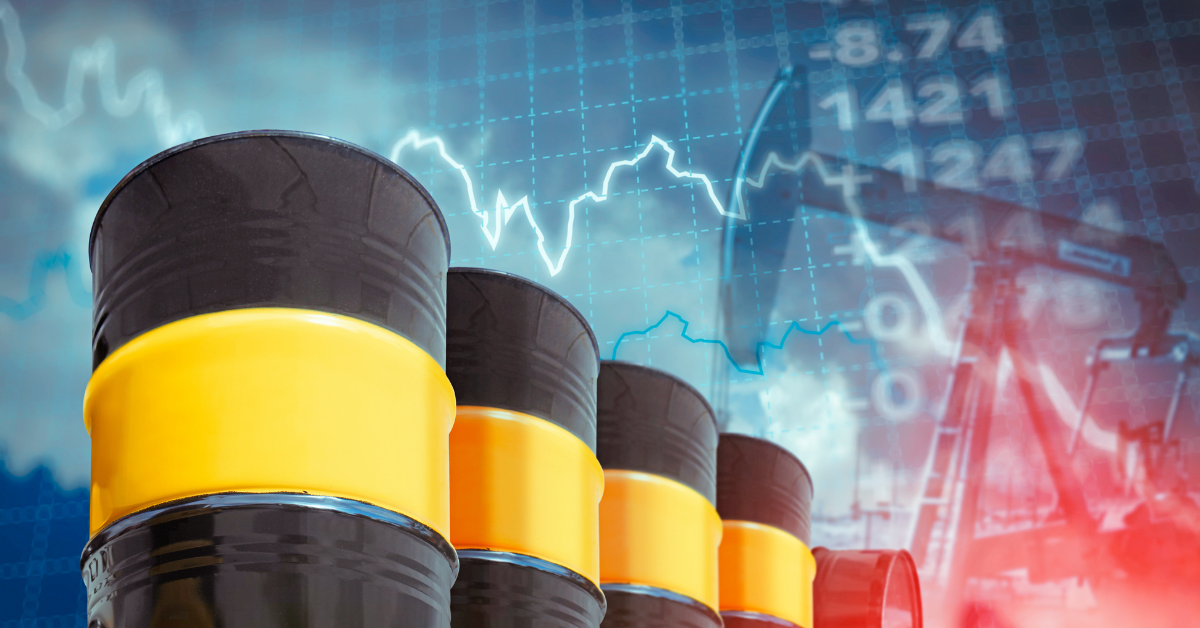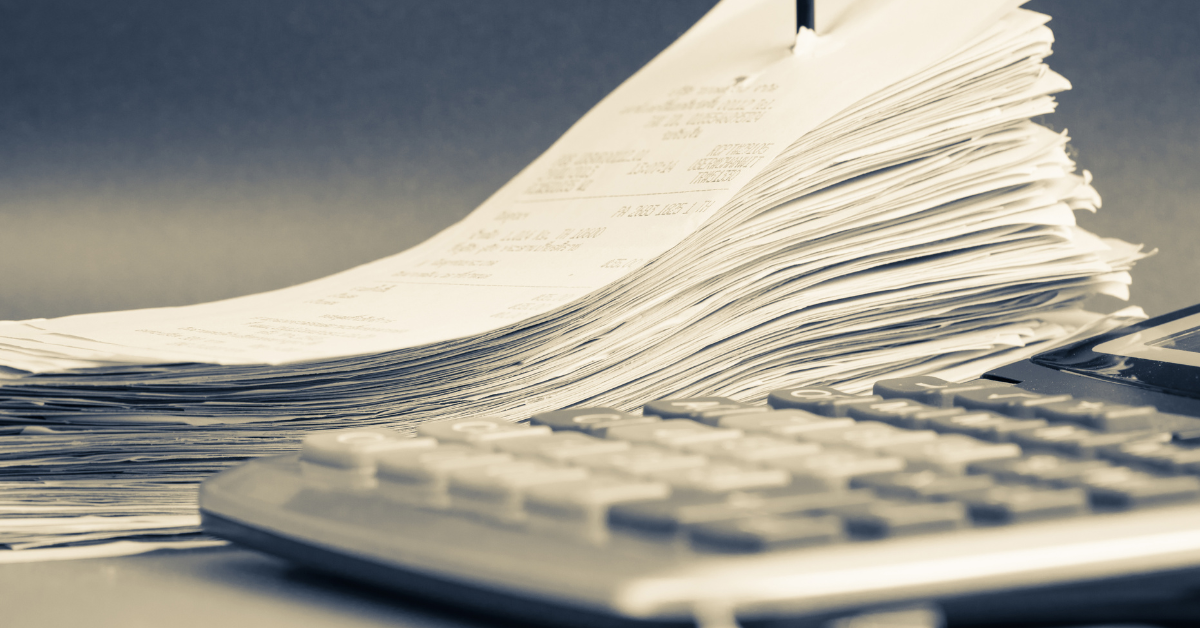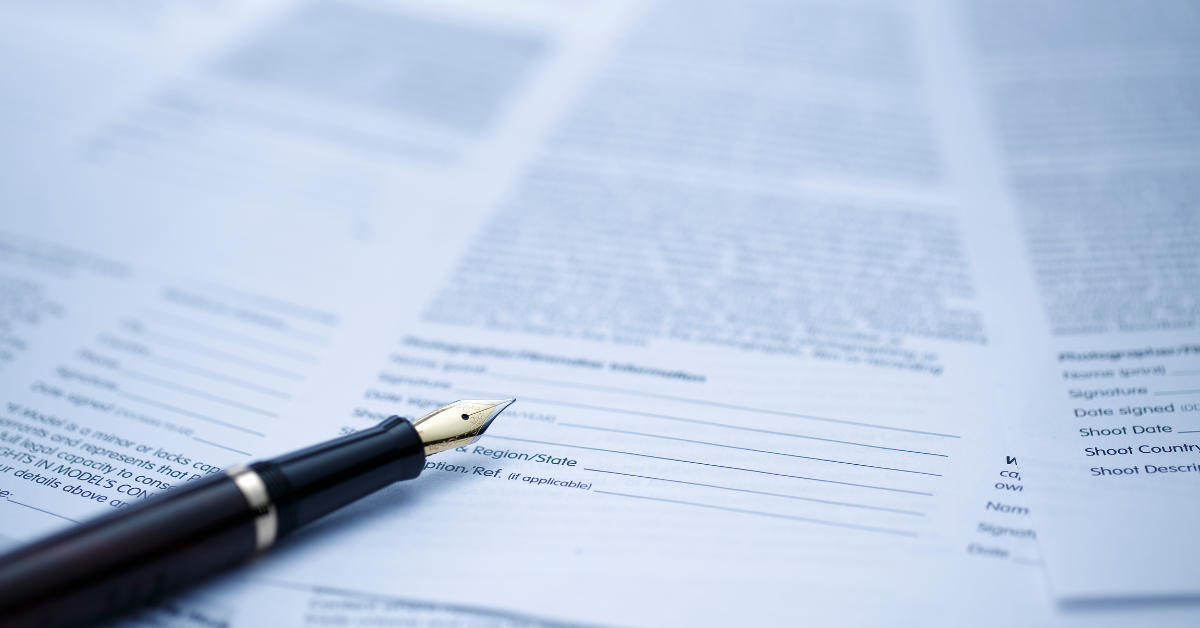5th June 2020
David Malpass
President
The World Bank
1818 H Street,
Washington DC, NW 20433
Dear Mr Malpass,
Guyana Petroleum Resources Governance and Management Project (P166730) (Guyana Project)
IDA: promoting an increase in greenhouse gas emissions from Guyana
We are concerned that the Guyana Project contains a fundamental misunderstanding of Guyana’s legal regime. If so, it will lead to an increase in greenhouse gas emissions (GHG) contrary to global efforts to mitigate climate change, contrary to Guyana’s efforts to mitigate climate change, and contrary to Guyana’s obligations under the UN Framework Convention on Climate Change and the Paris Agreement.
The Project Appraisal Document (PAD) 3022 claims,
“The proposed Project is set to contribute to Guyana’s efforts to mitigate climate change through several measures that are recognized to have climate co-benefits, including the Project’s support to the drafting and enforcement of legislation and regulations that forbid routine flaring of associated gas during oil production, to Guyana joining the Zero-Gas Flaring Initiative.1
Forbidding routine flaring
Guyana already forbids routine flaring of associated gas. On 1 st June 2017 an environmental permit was issued to ExxonMobil’s subsidiary Esso Exploration and Petroleum Guyana Ltd. The permit says:
“Routine Flaring and Venting are prohibited on the FPSO (excludes tank flashing emission, /working/breathing losses). Routine flaring does not include flaring related to FPSO start up, emergencies/process upsets or maintenance events.”[para 3.6]
It is now three years since Esso has been prohibited from doing any routine flaring in Guyana.
Zero Gas flaring initiativeThe PAD seeks to get Guyana to adopt the World Bank’s Zero-Gas Flaring Initiative2 . The only initiative we have been able to find is the Initiative to Reduce Global Gas Flaring: “Zero Routine Flaring by 2030”.3
This is not an initiative for zero gas flaring. It allows flaring until 2030. It seems misleading for the PAD to give the impression that the World Bank initiative will result in zero flaring when in fact it would allow flaring until 2030, in conflict with Esso’s environmental permit.
Obviously adopting the ‘ Zero-Gas Flaring Initiative’ would increase Guyana’s emissions.
Drafting legislationThe PAD says that new legislation and regulations will be drafted. This is unnecessary. Esso is already legally prohibited from flaring. In addition the Environmental Protection Act 1996 prohibits pollution 4 and requires the Environmental Protection Agency (EPA) to apply the precautionary principle, the avoidance principle and the polluter pays principle. 5 Every environmental permit is “subject to conditions which are reasonably necessary to protect human health and the environment.” 6
It is not necessary to change the law to prohibit routine flaring. It is only necessary to change the law if Guyana adopts the ‘ Zero-Gas Flaring Initiative’ and has to allow Esso to flare until 2030.
Re-injectionThe environmental permit requires Esso to use or re-inject the gas. 7 Section 13 of the Environmental Protection Act requires Esso to use the most appropriate technology for re-injection.
Esso has flared over 9 billion cubic feet
Despite its environmental permit Esso has flared over 9 billion cubic feet of gas 8 and has been flaring for longer than the EPA expected 9 . This is approximately the same as the entire emissions for the entire population of Guyana over 3 months. 10 According to the EPA, Esso continues to flare about 15 million cubic feet of associated gas every day due to problems with its gas compressor. 11
It is obviously in ExxonMobil’s interests to have Guyana adopt the Zero-Gas Flaring Initiative and allow Esso to flare until 2030.
Explanation required
We ask you to instruct the Project Team to provide written answers to the following questions:
- Why did the Project Team claim in the PAD that legislation will be drafted to forbid routine flaring when Esso is already legally prohibited from doing routie flaring?
- Why did the Project Team claim in the PAD that the Guyana project will reduce routine flaring when the Zero-Gas Flaring Initiative will increase flaring by allowing flaring until 2030?
- How is the proposed increase in gas flaring consistent with the United Nations Framework Convention on Climate Change and the Paris Agreement?
- Does the Project Team consider that flaring has an economic impact and if so how did they address that economic impact?
- Why is the Project Team promoting an increase in flaring to the detriment of Guyana and the benefit of ExxonMobil’s subsidiary?
- What is the relationship between IDA and ExxonMobil?
For your convenience the Project Team are:
| Regional Vice President | Axel van Trotsenburg |
| Country Director | Tahseen Sayed Khan |
| Senior Global Practice Director | Riccardo Puliti |
| Practice Manager | Christopher Gilbert Sheldon |
| Task Team Leader | Susana Moreira |
We are copying this letter to the Executive Directors. We respectfully request them to take up our concerns with the Project Team and to obtain answers from the Project Team as required by ordinary standards of good governance, transparency and accountability.
We look forward to receiving written responses from the Project Team.
Because of the pandemic we are unable to sign this letter physically. We the individuals named below and copied by email are sending this letter to you. Mr Gaskin’s telephone number is included in lieu of email.
Yours sincerely,
Anand Goolsarran FCCA, MBA, DBA, LL.M (IBL)
Former Auditor General of Guyana
Nigel Hinds
Certified Public Accountant; Auditor
Melinda Janki LL.B, BCL. LL.M
Attorney-at-Law; International Legal Consultant
Darshanand Khusial, M.Eng.
Cofounder of Oil & Gas Governance Network
Desmond Thomas Ph.D
Independent Economics Consultant; Former IDB lead economics specialist
Note: We also attach a PDF version of this letter for your file.
1 PAD para 20 p13
2https://www.worldbank.org/en/programs/zero-routine-flaring-by-2030
3https://www.worldbank.org/en/programs/zero-routine-flaring-by-2030
4 Section 19
5 Section 4
6 Section 13
7 “ Gas is to be re-injected into the reservoir or utilized as fuel gas on the FPSO during normal operations.” [3.7]
8https://www.kaieteurnewsonline.com/2020/05/22/grave-environmental-damage-looms-german-ngo-warns/
